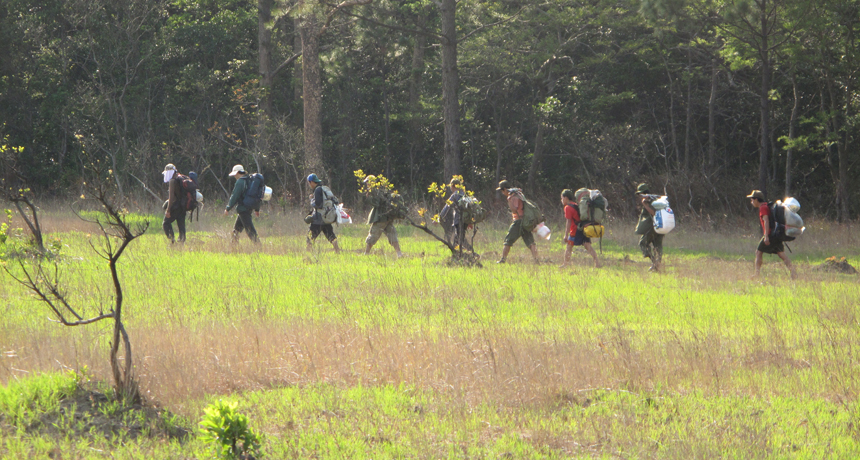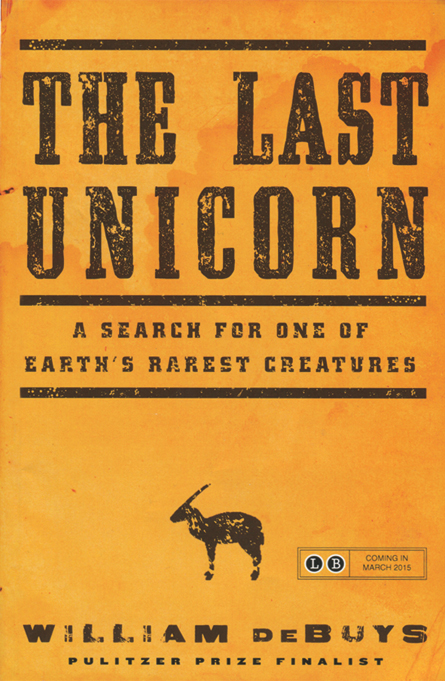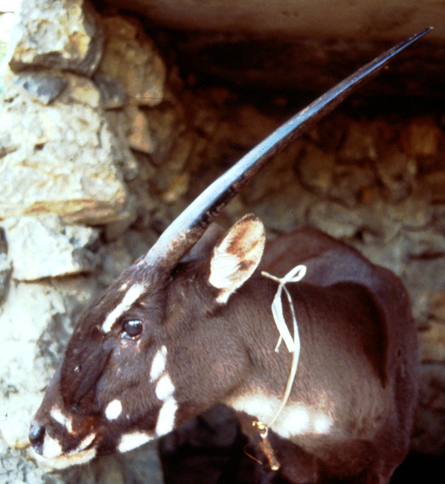‘The Last Unicorn’ takes readers on quest to see a saola
Expedition introduces the elusive antelope-like animals

SEARCHING FOR SAOLA Author William deBuys and others trek through Thong Kouang, a large grassland of Laos, searching for what could be the last unicorn-like creature on Earth.
Courtesy of William Robichaud








